Gines Hidalgo
Single-Network Whole-Body Pose Estimation
Sep 30, 2019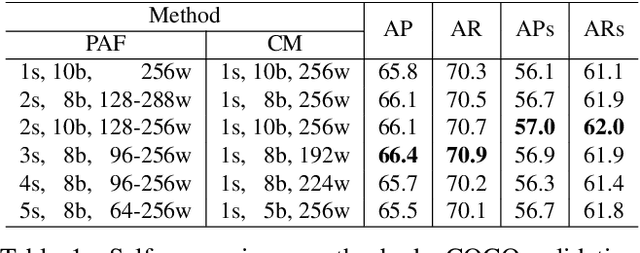



Abstract:We present the first single-network approach for 2D~whole-body pose estimation, which entails simultaneous localization of body, face, hands, and feet keypoints. Due to the bottom-up formulation, our method maintains constant real-time performance regardless of the number of people in the image. The network is trained in a single stage using multi-task learning, through an improved architecture which can handle scale differences between body/foot and face/hand keypoints. Our approach considerably improves upon OpenPose~\cite{cao2018openpose}, the only work so far capable of whole-body pose estimation, both in terms of speed and global accuracy. Unlike OpenPose, our method does not need to run an additional network for each hand and face candidate, making it substantially faster for multi-person scenarios. This work directly results in a reduction of computational complexity for applications that require 2D whole-body information (e.g., VR/AR, re-targeting). In addition, it yields higher accuracy, especially for occluded, blurry, and low resolution faces and hands. For code, trained models, and validation benchmarks, visit our project page: https://github.com/CMU-Perceptual-Computing-Lab/openpose_train.
OpenPose: Realtime Multi-Person 2D Pose Estimation using Part Affinity Fields
Dec 18, 2018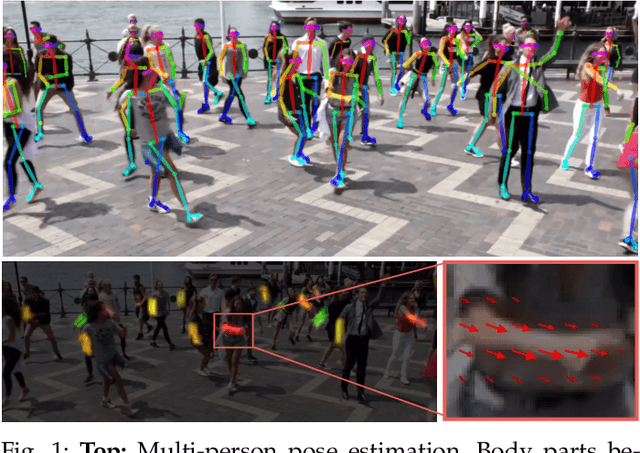
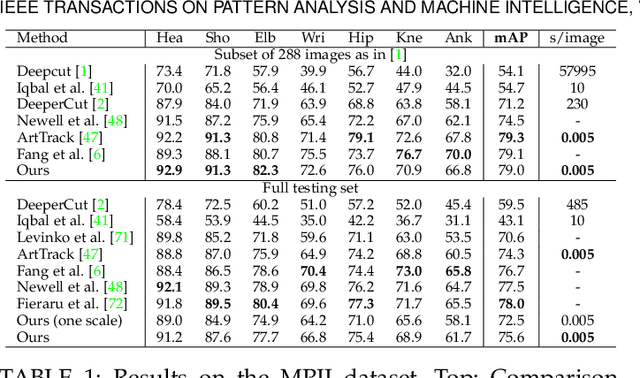


Abstract:Realtime multi-person 2D pose estimation is a key component in enabling machines to have an understanding of people in images and videos. In this work, we present a realtime approach to detect the 2D pose of multiple people in an image. The proposed method uses a nonparametric representation, which we refer to as Part Affinity Fields (PAFs), to learn to associate body parts with individuals in the image. This bottom-up system achieves high accuracy and realtime performance, regardless of the number of people in the image. In previous work, PAFs and body part location estimation were refined simultaneously across training stages. We demonstrate that a PAF-only refinement rather than both PAF and body part location refinement results in a substantial increase in both runtime performance and accuracy. We also present the first combined body and foot keypoint detector, based on an internal annotated foot dataset that we have publicly released. We show that the combined detector not only reduces the inference time compared to running them sequentially, but also maintains the accuracy of each component individually. This work has culminated in the release of OpenPose, the first open-source realtime system for multi-person 2D pose detection, including body, foot, hand, and facial keypoints.
Efficient Online Multi-Person 2D Pose Tracking with Recurrent Spatio-Temporal Affinity Fields
Nov 29, 2018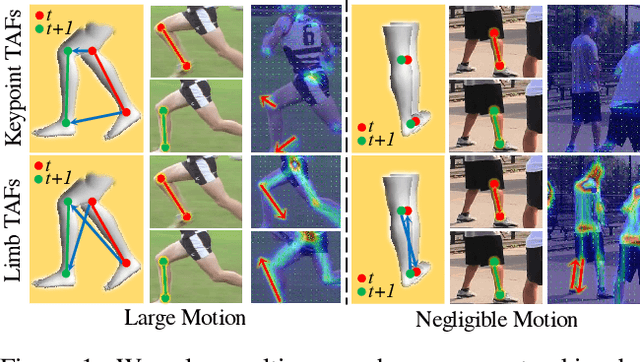

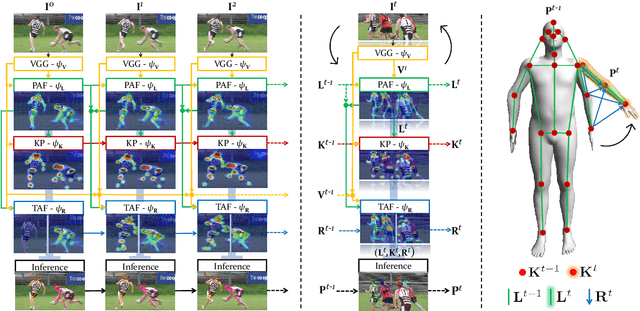
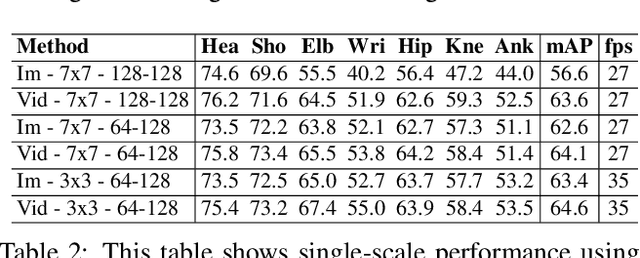
Abstract:We present an online approach to efficiently and simultaneously detect and track the 2D pose of multiple people in a video sequence. We build upon Part Affinity Field (PAF) representation designed for static images, and propose an architecture that can encode and predict Spatio-Temporal Affinity Fields (STAF) across a video sequence. In particular, we propose a novel temporal topology cross-linked across limbs which can consistently handle body motions of a wide range of magnitudes. Additionally, we make the overall approach recurrent in nature, where the network ingests STAF heatmaps from previous frames and estimates those for the current frame. Our approach uses only online inference and tracking, and is currently the fastest and the most accurate bottom-up approach that is runtime invariant to the number of people in the scene and accuracy invariant to input frame rate of camera. Running at $\sim$30 fps on a single GPU at single scale, it achieves highly competitive results on the PoseTrack benchmarks.
 Add to Chrome
Add to Chrome Add to Firefox
Add to Firefox Add to Edge
Add to Edge